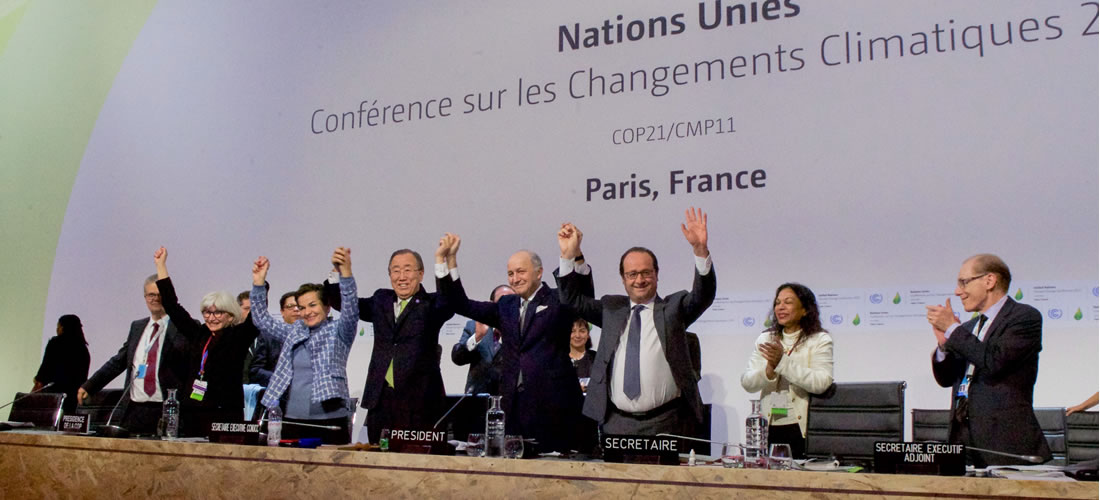Twenty countries have already ratified the Paris Agreement, with Peru’s ratification on 26 July.
Cameroon, Brazil, Iran and Ukraine are about to join the Agreement and 23 additional nations – including China, the US, Mexico, Canada and Australia – have publically committed to join as well.
In order to submit their ratification to the UN Secretary General, countries need to go through their own domestic approval process, according to their national constitutions and laws.
- Cameroon is set to be the second African country – following Somalia – to submit its ratification after its National Assembly approved it on 10 June.
- Brazil’s approval of the ratification still needs to be dealt with by the Senate, in order to issue a legislative decree, probably leading to a Decree of Promulgation by the President. The process could finish this year, and Brazil would be able to join the Paris Agreement, which would be a great step as the country is responsible for 2.48 per cent of global emissions, being the seventh-largest emitter in the world.
- Iran’s Cabinet of Ministers, with the President at its head, approved the ratification on 13 July, and it is now up to the country’s legislative body to give its approval. Iran is responsible for 1.3 per cent of global emissions.
- Ukraine, which emits 1.04 per cent of global emissions, has already approved the ratification and now needs to deposit its instrument of ratification.
The Paris Agreement requires the ratification of 55 Parties, which have to represent at least 55 per cent of global emissions, and there would be 1.05 per cent missing to reach the required 55 per cent even with the 20 countries that already ratified the Agreement, the four quoted countries and the 23 nations which have committed to ratify.
Other countries have shown positive signs regarding the Paris Agreement ratification, including Russia, India, Japan, Saudi Arabia and New Zealand, and if some of them were to ratify this year, this would enable the Paris Agreement to take effect.
The next step after the turning point of 55 per cent would be for the Parties to decide on the process for adopting the key guidelines and procedures to implement the Agreement.
Source: climateactionprogramme.org
 Cs
Cs